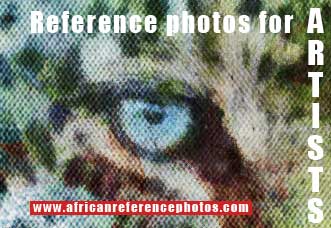Contact Details: Scotch Macaskill, Dirt Road Traders, Currys Post Road, Howick, KwaZulu-Natal, South Africa. Tel: +27 (0)82 578 2329. Privacy: Your privacy is guaranteed. See our Privacy Policy for more. This site accepts advertising and other forms of compensation - see Disclosure and Advertising for details. Site updated: 2022. Copyright © 2002 - 2022 Scotch Macaskill

| |||||||||||||||||||||||||||
| |||||||||||||||||||||||||||
| ALL GALLERIES: |
Warthog PicturesWarthog are common in savanna grasslands and are regularly spotted when on safari in the game parks of East Africa (Kenya and Tanzania) and those further south (Botswana, South Africa, Zambia). Because warthog are strictly day-time animals, resting at night in holes and burrows, it is fairly easy to photograph them, particularly if they are used to vehicles. However, they do tend to scurry off, tails erect like radio antennae, when you approach too close.
Permitted Uses: See Terms of Use. | ||||||||||||||||||||||||||
|
|
|||||||||||||||||||||||||||
















Comments
Have your say or ask any questions in the comment box below.